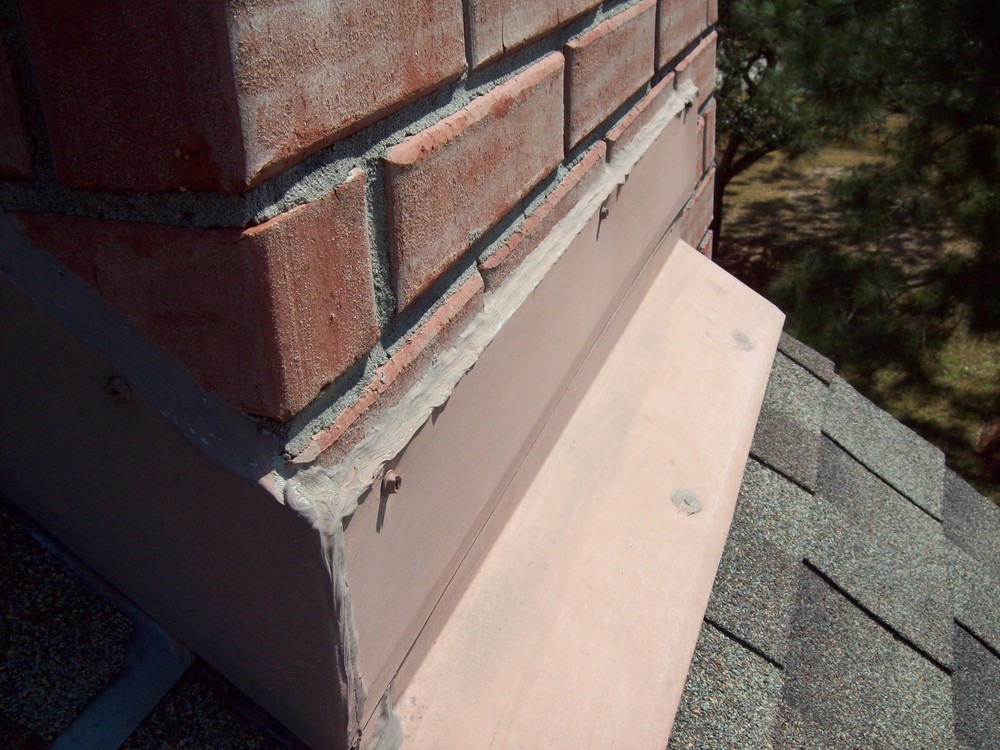
Damaged roof flashing is a major cause of water damage in homes. A simple leak from faulty flashing can lead to substantial property damage and expensive repairs. This comprehensive guide will cover everything you need to know about damaged roof flashing, how to prevent water leaks, and how to effectively address issues. This article will delve into causes, signs, common problems, repair strategies, and preventative measures to ensure you have a watertight roof and protect your home investment. We’ll also explore various repair techniques and offer tips to prevent future occurrences. Let’s get started.
Understanding the Importance of Roof Flashing
The Crucial Role of Flashing in Roof Integrity
Roof flashing plays a critical role in ensuring the integrity of your roof’s waterproof structure. These metal strips, usually made of copper, zinc, or aluminum, are strategically placed at points where the roof meets other components, such as chimneys, vents, valleys, and walls. Properly installed flashing acts as a barrier, preventing water from penetrating the roof and causing leaks. Damaged or improperly installed flashing can lead to significant water infiltration, which can lead to rot, mold, and ultimately structural damage. Regular inspections are essential to detect potential issues early on, allowing you to implement necessary repairs and prevent costly problems.
Identifying Damaged Roof Flashing
Signs of Damaged Flashing
Recognizing the signs of damaged roof flashing is crucial for timely repair. Look for areas where water appears to pool or collect. Water stains or discoloration on the roof’s exterior or interior walls are also common indicators. Check for signs of rust, corrosion, or any other damage to the flashing material. Damaged or missing flashing may allow water to penetrate the roof system, leading to further damage. An expert roofing inspection can detect hidden issues or signs that you may not be able to spot yourself.
Common Causes of Flashing Damage
Factors Contributing to Roof Flashing Issues
Several factors can contribute to damage of roof flashing. Poor installation, age, and weather conditions like heavy rain, storms, and hail are key culprits. Poor installation can leave gaps and weaknesses, making the flashing vulnerable to water penetration. In addition, if flashing has been neglected for years it can degrade and lose its integrity and prevent proper water deflection, especially in high-wind areas. Tree branches, debris, or inadequate maintenance can block the path of water and further damage the flashing system.
Preventing Water Leaks
Proactive Measures to Enhance Roof Protection
Implementing proactive measures can significantly reduce the risk of water leaks caused by damaged flashing. Regular roof inspections, checking for signs of moisture, and addressing any potential problems promptly are crucial. Inspecting the flashing around chimneys, valleys, and other critical areas regularly is essential. In addition, proper maintenance by experienced roofing contractors is paramount to the longevity of a watertight roof.
Repairing Damaged Flashing
Repair Options for Roof Flashing
Repairing damaged flashing can be complex. Small repairs may involve patching or replacing a section, while larger repairs may require full replacement of the flashing system. Replacing flashing or replacing the entire roof component with a new one might be the most efficient solution if the damage is significant. There are various repair options depending on the severity of the damage and type of flashing used. Contacting a certified roofing contractor will assist you in determining the most appropriate approach.
Cost Considerations
Assessing the Financial Impact of Flashing Repair
The cost of repairing damaged flashing varies considerably depending on the extent of the damage, location, materials used, and labor required. Small repairs may cost a few hundred dollars, while more extensive repairs or complete replacement can cost thousands of dollars. Comparing costs from different roofing contractors can help you make informed decisions. Consider factoring the cost of potential future water damage to determine the most cost-effective solution.
Professional Inspection and Repair
Consulting Roofing Professionals
Professional roof inspections and repairs are highly recommended to identify the source of leaks and prevent further issues. Consult roofing professionals for expert advice on inspecting and fixing damaged flashing. They have the necessary tools, expertise, and experience to assess the damage properly and recommend suitable solutions. Professional inspections and repairs can identify underlying causes of roof leakage and develop a plan for long-term solutions.
Additional Tips
Maintaining Your Roof
Regular roof maintenance plays a crucial role in preventing damage to flashing. Inspecting the roof periodically for signs of damage, promptly addressing any issues, and hiring a professional roofer when needed are all essential components of ongoing roof maintenance. Roof cleaning can help prevent debris from blocking water runoff and causing further damage to the flashing system.
Long-term Protection
Investing in Roofing Maintenance
Prioritizing preventative maintenance can significantly reduce the chances of future leaks and water damage. Investing in a regular maintenance schedule and addressing potential problems promptly is key for long-term roof protection. This helps ensure that flashing remains in excellent condition, minimizing the risk of water damage. Proper preventative measures can prevent substantial future costs related to water damage and maintenance over the long haul. The prevention of water damage can save you considerable money and time over the lifespan of the roof structure itself.
In conclusion, damaged roof flashing is a significant concern for homeowners. Neglecting repairs can lead to severe water damage and costly repairs down the line. Implementing preventative measures and regular inspections is key to maintaining a watertight roof. By understanding the different types of flashing, potential issues, and repair strategies, you can effectively prevent costly water leaks and maintain a healthy roof structure. For immediate assistance, consult a qualified roofing contractor for professional inspection and repair services. Schedule a consultation today to safeguard your home from further damage.